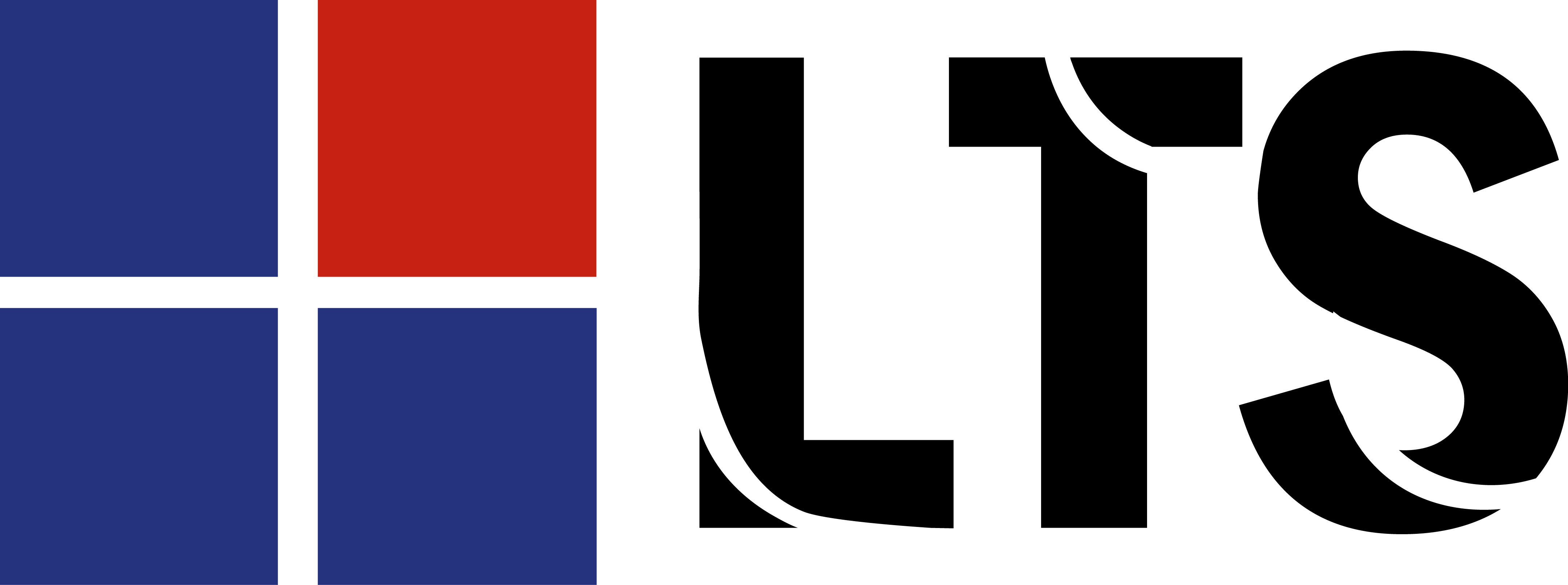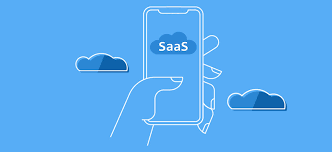Software as a Service (SaaS) has revolutionized the traditional use of software. Software hosted at a central location by a vendor can be made available to numerous users’ worldwide. CRM software, BPM, LMS, CMS software can all get transformed to cost-effective SaaS alternatives.
A SaaS model, therefore, can be considered as “renting” the software to global customers who can access it via the Internet.
Companies are migrating to customized SaaS applications tailored to meet their specific business needs, which streamlines supply chain and eliminates the need to install licensed software on individual workstations.
The SaaS transition challenge for ISV’s :
Due to technical complexity, SaaS development requires considerable up-front design and architecture work. For any independent ISV, this is a particularly challenging task since they may not have the requisite architectural design experience and development resources needed to develop a successful SaaS-Application platform. Time-to-market pressure may necessitate partnering with an external SaaS product development company to gain on-demand access to SaaS specialists.
During the SaaS migration process, companies face several business challenges that are as
complex as the technical issues:
Revenue interruption
Extensive customer and data migration
Making sense of the myriad variety of new software development tools
Re-orienting software research
Re-structuring pricing models
SaaS migration can thus be an arduous, time-consuming and costly task. Therefore it makes sense to partner with a SaaS transition specialist to transition as quickly and as cost effectively as possible into a SaaS platform.
LTS is one of the few leading companies that provide comprehensive SaaS product engineering services to worldwide ISVs. As an external SaaS development services partner with a strong product development foundation, the company offers easier migration as well as scalability to a SaaS environment. Their product 1.0 program conducts free consultation and feasibility study to determine if moving to SaaS is right for the organization. Leveraging deep technical understanding, the company successfully migrates products within tight timelines and budgets. The company has more than 20 SaaS product solutions to its credit which has provided multi-million turnover to companies in the shortest time-frame.
The SaaS revolution led by Cloud Computing is changing the way ISV’s do business and the SaaS reality simply cannot be ignored. ISVs should strongly consider outsourced SaaS product development company as a way to transition their products to SaaS.
Architecture :
Bad software architecture is can be seen in almost all SaaS products and it can spell a problem regarding security. On-premise products that run on dedicated servers or Virtual Machines (VMs) that support a hundred tenants. However, they may not scale well when users run them with dozens or few hundreds of other tenants simultaneously.
Irrespective of horizontal scaling being possible or not, inefficient use of resources can result into the rise of the cost for providing SaaS services above the target of 10% of the Monthly Reoccurring Revenue (MRR).
Developers cannot ignore the latency issues that can cause poor performance on public clouds if proper optimization is not done. Security needs to be the top priority regarding the architecture, given the nature of shared resources of many clients all behind the same firewall.
Require planning for analytics :
When big data is concerned, data locality cannot be ignored. Moving a petabyte over a public cloud in order to run Hadoop on the unstructured data can be a problem. Unfortunately SaaS technology is yet to achieve the technological advancement that enables public cloud infrastructure to support the bandwidth for virtualizing the storage without planning for the performance ramifications.
SaaS systems producing terabytes of data serving as inputs to the data analytics processes need to ensure that the data analysis can be run in the same locality as the SaaS applications.
Development Security and Compliance Focus :
SaaS providers need to be responsible for application security which earlier, was primarily the responsibility of the IT organizations for on-premise software.
Over the years, compliance and audit issues have become more complex with multiple tenants running in virtual environment in multiple (maybe unknown) locations. Developers need to code for the most common sources of application errors. This allows malware to attack data driven applications.
Hence, it is necessary to make SaaS security, a part of the development process. It is a wrong practice to reactively address it when a security breach is detected. Since the majority of breaches remain undetected, detection and mitigation is not a viable strategy.

